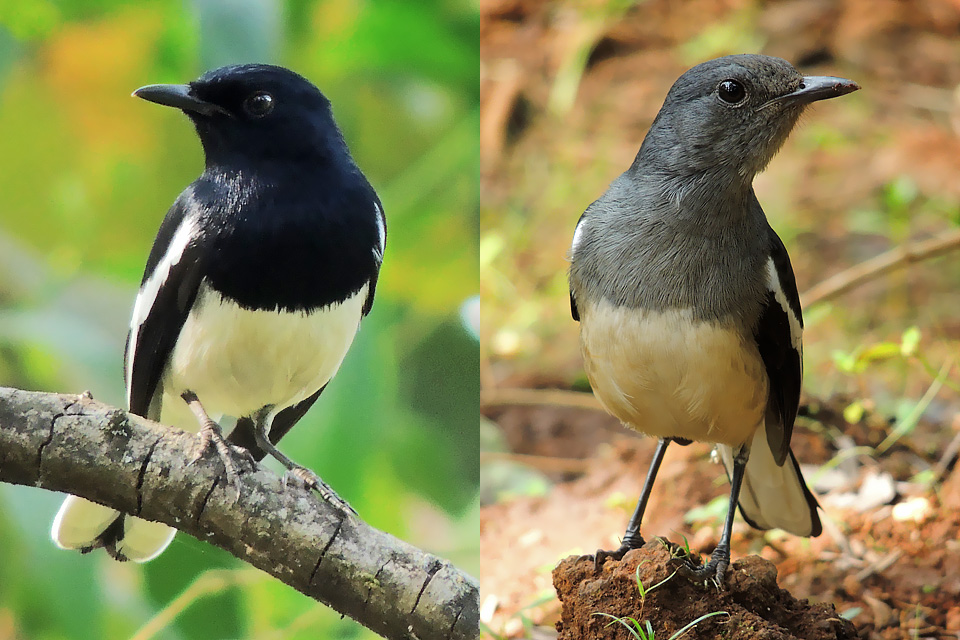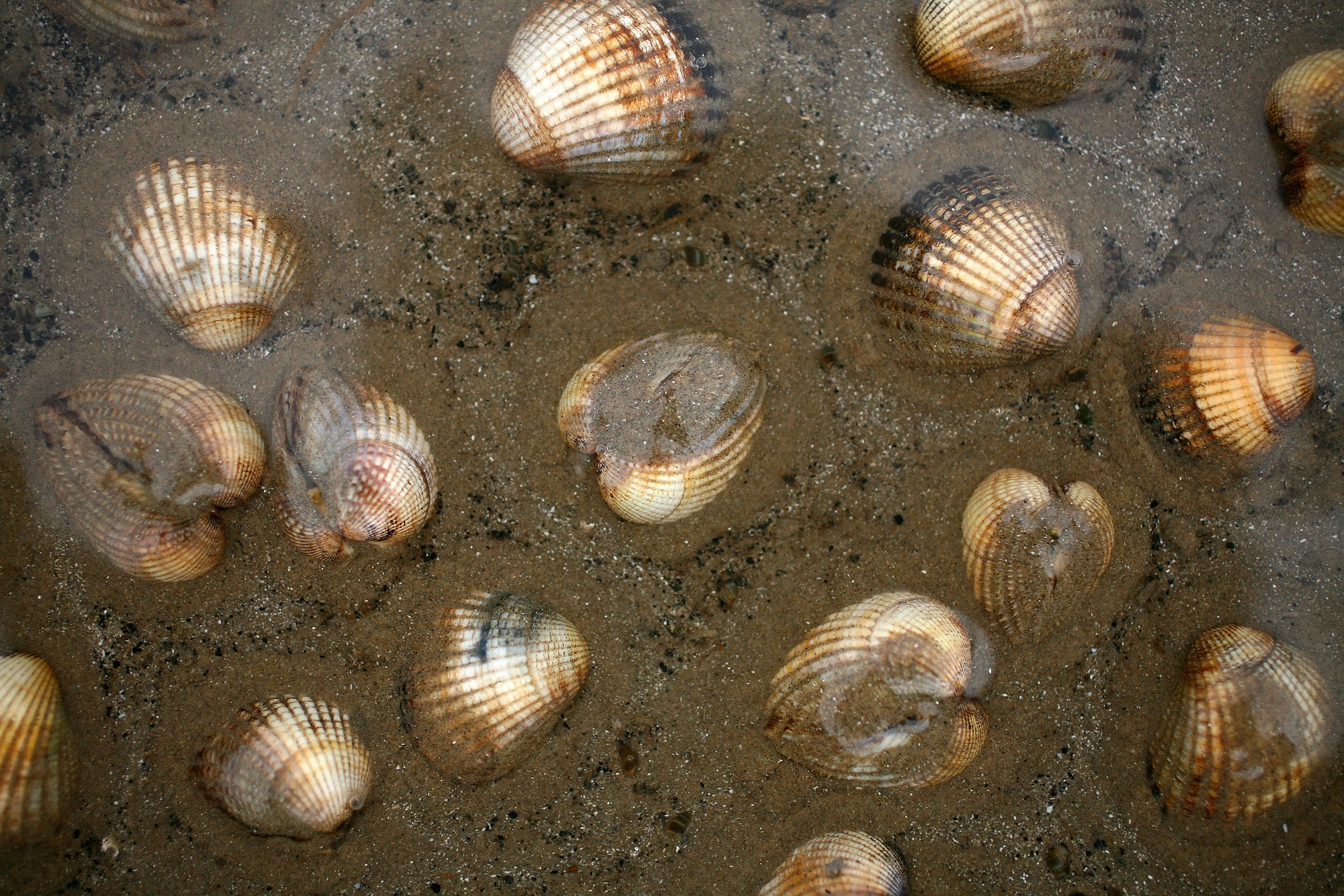Singapore is home to a wide range of biodiversity where a total of 392 species of birds and at least 2,100 native vascular plants have been recorded.
But if you think that with all this wildlife, you could easily just live off nature, think again.
Because they are protected under the law.
The Wild Animals and Birds Act, originally enacted in 1965, serve to protect animals and birds in Singapore. Under the Act, it is an offence to kill, take or keep any wild animals without a licence.
In 2005, the Parks and Trees Act was enacted to expand the scope of which our biodiversity can be protected. Under the Parks and Trees Act, one is not allowed to remove or collect wildlife (not just animals and birds) from parks and nature reserves.
The maximum fine for offenders who poach animals from a public park is $5,000. For nature reserves and national parks, the fine goes up to $50,000.
Despite this, however, some out there still try their luck.
Collecting shellfish at Sungei Buloh
Just recently, three men were stopped by NParks for digging for shellfish at Sungei Buloh Wetland Reserve.
According to the Straits Times, they were spotted by nature guide Ben Lee, who reported them to NParks officers who confiscated the men's stash of shellfish.
It's not the first time that Lee had spotted opportunistic people trying to capitalise off nature at Sungei Buloh though.
In 2015, he also reported a group of individuals fishing using nets at the nature reserve.
Poaching pangolins
Apart from shellfish collecting and illegal fishing, other animals in Singapore have also been unscrupulously poached.
The pangolin is one such animal.
There are several species of pangolin, but only the Sunda pangolin can be found in Singapore.
 Photo via Wikipedia
Photo via Wikipedia
Globally, pangolins are poached for its meat and scales. Back in 1960s Singapore, pangolins could still be found in our markets.
In a 1978 news report, pangolins could be spotted in Nee Soon, and people were reported to have ripped their scales off because they are believed to have medicinal properties.
In the 2008 Singapore Red Data Book, the pangolin was listed as “critically endangered” and a total trade ban was placed on wild pangolins under the Endangered Species Act.
While the poaching of pangolins is no longer as widespread here as compared to other countries, they are still critically endangered due to the loss of forest habitats.
[related_story]
Songbirds
Other animals, such as songbirds, are currently at high risk of poaching in Singapore.
In April 2017, it was reported that NParks had looked into multiple cases of alleged bird poaching within parks and nature reserves over a five-year period from 2012 to 2016.
 Photo via Wikipedia.
Photo via Wikipedia.
Songbirds are among those most at risk because collectors are willing to pay for birds that can carry a tune. One such bird is the endangered magpie robin, which fetches a price of between $250 and $888.
To catch birds, poachers lay spike-studded wires on the ground to ensnare them.
In 2015, a total of 273 notices of offences for illegal poaching were issued. According to NParks, 73 notices of offence have been issued so far in 2017 for poaching in parks and nature reserves.
Even though the number has decreased from 2015, capturing and killing of wildlife is still very much a threat to Singapore's diversity.
Top photo via Getty Images.
If you like what you read, follow us on Facebook, Instagram, Twitter and Telegram to get the latest updates.
